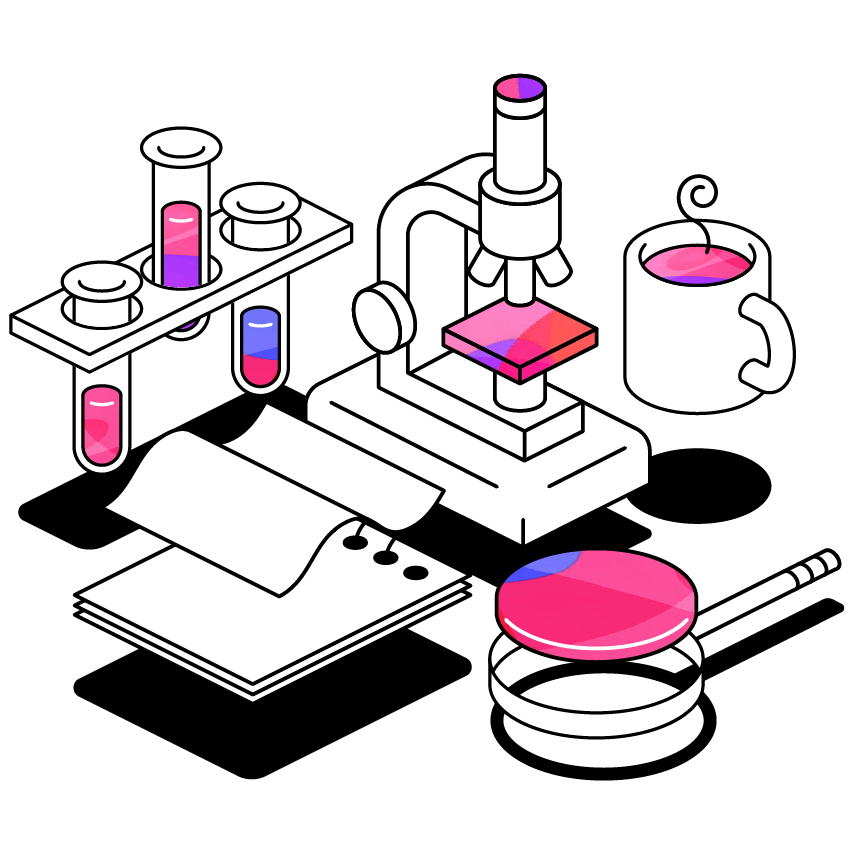How disabilities like ADHD, Autism, and Dyslexia affect learning
Cognitive scientist Dr. Sue Wilkinson explains how common disabilities affect the learning process.
 5 min read
5 min read
 Published: 5 Aug 2021
Published: 5 Aug 2021
 Dr. Sue Wilkinson
Dr. Sue Wilkinson



“By Dr. Sue Wilkinson”
- Neuropsychologist & Consultant
Studying in Higher Education is challenging. Adding barriers to this existing challenge can make the task seem insurmountable. This is often how students with disabilities such as dyslexia, dyspraxia, ADHD, autism, or mental health difficulties feel when they are studying at university.
How does having these invisible disabilities affect learning? And what can we do to ensure that these students are equipped with the necessary tools to reach their full potential?
This article will discuss how difficulties with working memory, processing information, and focus and attention can impact on learners and explore why these cognitive processes are vital for learning.
Working memory
Firstly, why is working memory important in learning?
When learning, we need to hold information in our minds temporarily while we are processing the information and extracting meaning from it. This space where we hold and manipulate information before acting on it or doing something with it is called our working memory. It is like a ‘brain workspace’ where we can perform mental work and operate coherent thought.
Limitations to working memory
Limitations to our working memory include its physical and temporal capacity.
It can only hold and manipulate a limited amount of information at a time, and it can only hold this information for a limited time before it disappears. It has been shown that people who have a higher working memory span are better at several cognitive tasks involved in learning. This is because in order to engage in activities to learn, we rely heavily on our working memory to hold and manipulate information.
ADHD & working memory
For students with ADHD, working memory difficulties are common, in part due to an underactive prefrontal cortex. The prefrontal cortex is where our working memory is housed and where it operates from. If this area of the brain is reduced in volume, then our ‘brain workspace’, where we perform mental work and operate coherent thought, is reduced.
This means that students with ADHD may not have the working memory capacity to control intrusive and unrelated thoughts that enter their heads while they are trying to focus on a task. This can lead to problems with attention and focus.
Information Processing
Another vital cognitive process involved in learning is the processing of information. Information processing speed refers to how fast we can absorb information and use it, and thus refers to an individual’s speed of mental processes.
Information processing in the classroom
Many students cannot process verbal information quickly enough in a lecture. While they are busy processing one concept, the lecturer has moved on to another, and the student has neither extracted meaning from the verbal information, nor been able to take a written record of the pertinent points. Whilst busy processing one piece of information, they miss what follows.
Similarly, when reading, some students cannot easily process written text, and they find that they read an entire page without absorbing any information or remembering what they have just read.
When we talk about information processing speed, we are essentially talking about the efficiency of our cognitive functions to take information in through our senses, extract meaning from it, use it to make a judgement or solve a problem, and then either respond or transfer the information into our long-term memory for later retrieval.
What does this mean for students with disabilities?
We must attend to incoming information for it to be efficiently processed, i.e., transferred from our sensory perception (visual or auditory) into our memory. Therefore, information processing difficulties are often present for students with learning and attentional difficulties, such as dyslexia and ADHD.
How information processing influences concentration
There is a strong link between information processing and attention.
Poor attention can lead to inefficient information processing, and in turn, slow information processing speed can also have an impact on our ability to pay attention.
We know this from neuroscience research, which suggests that information processing speed relies on how quickly the neural transmissions between different areas of the brain work to solve problems and transfer information, and the faster our brains can process this information, the better we can control our attention and block any distractions.
Faster neural transmissions reduce our cognitive load, so the quicker we can process information, the more we can free up valuable and limited cognitive resources that can be used to expand our working memory (and therefore our ‘brain workspace’).

Attention and Focus
Attention and working memory difficulties can have a huge impact on learning.
If we cannot sustain our attention, we will not process the information, and if we do not process the information, we do not learn.
While students with both ADHD and autism will struggle with attention, there are fundamental differences in the ‘why’ and this can determine what support and accommodations may be suitable for these students.
How this affects learners with ADHD & autism
Brains of autistic individuals show a greater volume of neurons in the prefrontal cortex, whereas for individuals with ADHD, the prefrontal cortex is smaller in volume.
Despite the increased size of the prefrontal cortex for individuals with autism, there is less activation in this area when they are asked to remember and process information.
When presented with two tasks and asked to focus on one of the tasks and ignore the other, individuals with autism may struggle to determine which of the sources of information is important and are therefore unable to focus their attention effectively. Their struggle with memory intensive activities may be due to an inability to identify where their attention should be focused. As a result of this indecision, their attention is often not focused anywhere, and they fail to process the information.
For individuals with ADHD, it is the reduced capacity of the working memory that causes the issue, as discussed above. The result, however, is the same: a lack of attention and reduced information processing.
Self-regulated learner behaviour
Higher education environments are often fast paced and demanding and require students to manage competing demands on their cognition.
For learners with invisible disabilities such as ADHD, specific learning difficulties, and autism, this environment can be a scary and de-motivating place without the right support. However, with targeted support in place, these students have the potential to thrive.
How can we encourage neurodiverse students to take control over their learning and empower them to overcome some of the barriers they face? Firstly, we can develop their metacognitive skills.
Metacognition
Metacognition is a term that is used to refer to the processes we engage when planning and monitoring our performance on tasks. It includes a critical awareness of how we think and learn as an individual, and a recognition of what kind of learner we are.
Reflection leads to more efficient and effective learning. When we take control of our learning and are aware of our strengths and weaknesses, it can motivate us to improve.
The degree to which we can engage in metacognition may be related to the prefrontal cortex. And those with a lower functioning prefrontal cortex may take longer to develop these skills. Many neurodiverse learners may fall into this category.
Motivation
Motivation is also a key driver in learner behaviour. Motivation can be highly dependent on how well we perceive ourselves to be at a certain task. The better we feel we are, the more motivated we will be.
Everyone struggles to motivate themselves to do something they find difficult due to imposed barriers. For neurodiverse learners, motivation can be a struggle due to the number of additional barriers they may face when learning.
For some, motivation is intrinsic - satisfaction at having completed a task or learned something new; for others motivation is extrinsic - achieving a good grade, for example. Understanding what motivates an individual can help drive the support to make it more targeted, and if learners can themselves be aware of what motivates them to learn, this can have a positive impact on their learner behaviour.

Creating self-regulated learners
If you’d like to learn more about self-regulated learning and its effect in the classroom, we’ve prepared a quick guide for you.
Discover how a simple process of reflection can help create expert learning by following the link below.
More from Disability Services
View All
 4 min read
4 min read
Working with faculty: 6 common questions for implementing Glean in higher education
To help facilitate conversations with faculty members and allay any concerns around introducing Glean to your institution, we’ve curated six common topics of discussion alongside responses to maximise positive outcomes.

 2 min read
2 min read
Access All Areas: How Anoka-Ramsey Community College use Glean
Disability and Accessibility Specialist Heather Dibblee is dedicated to advocating for the rights of underrepresented students who may feel unheard. In part two of our Q&A series we explore how Glean is used within her institution.

 3 min read
3 min read
Higher Education and Disability: an interview with Joseph Madaus & Lyman Dukes III
Gleanster, Mais Wilsher, recently sat down with Joseph Madaus and Lyman Dukes III, Professors at the University of Connecticut and the University of South Florida to discuss their latest research publication, Higher Education & Disability.





